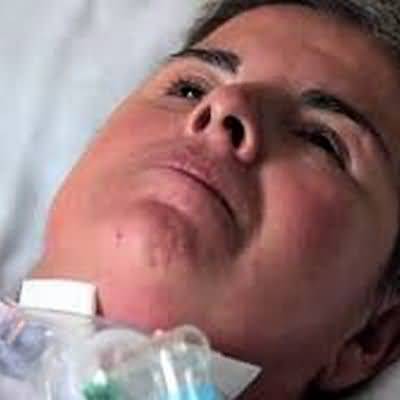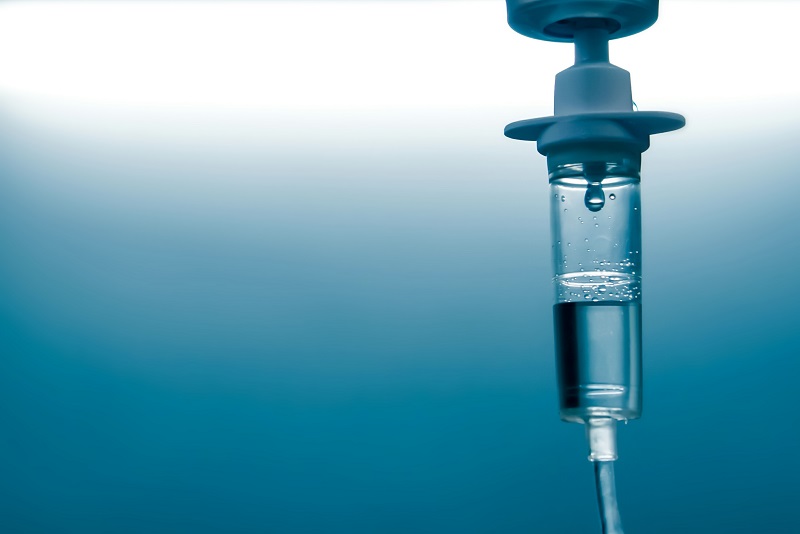glossitis glossodynia dysgeusia
glossitis glossodynia dysgeusia
Inflammation of the tongue with loss of filiform papillae leads to a red, smooth-surfaced tongue (glossitis)
Rarely painful, it may be secondary to nutritional deficiencies (eg, niacin, riboflavin, iron, or vitamin E), drug reactions, dehydration, irritants, or foods and liquids, and possibly to autoimmune reactions or psoriasis
If the primary cause cannot be identified and corrected, empiric nutritional replacement therapy may be of value
Glossodynia is burning and pain of the tongue, which may occur with or without glossitis
In the absence of any clinical findings, it has been termed “burning mouth syn- drome
” Glossodynia with glossitis has been associated with diabetes mellitus, drugs (eg, diuretics), tobacco, xerostomia, and candidiasis as well as the listed causes of glossitis
The burning mouth syndrome typically has no identifiable associated risk factors and seems to be most common in postmenopausal women
Treating possible underlying causes, changing long-term medications to alternative ones, and smoking cessation may resolve symptoms of glossitis
Effective treatments for the burning mouth syndrome include alpha-lipoic acid and clonazepam
Clonazepam is most effective as a rapid-dissolving tablet placed on the tongue in doses from 0
25 mg to 0
5 mg every 8–12 hours
Behavioral therapy has also been shown to be effective
Both glossodynia and the burning mouth syndrome are benign, and reassurance that there is no infection or tumor is likely to be appreciated
Unilateral symptoms, symptoms that cannot be related to a specific medication, and symptoms and signs involving regions supplied by other cranial nerves all may suggest neuropathology, and imaging of the brain, brainstem, and skull base with MRI should be considered


















